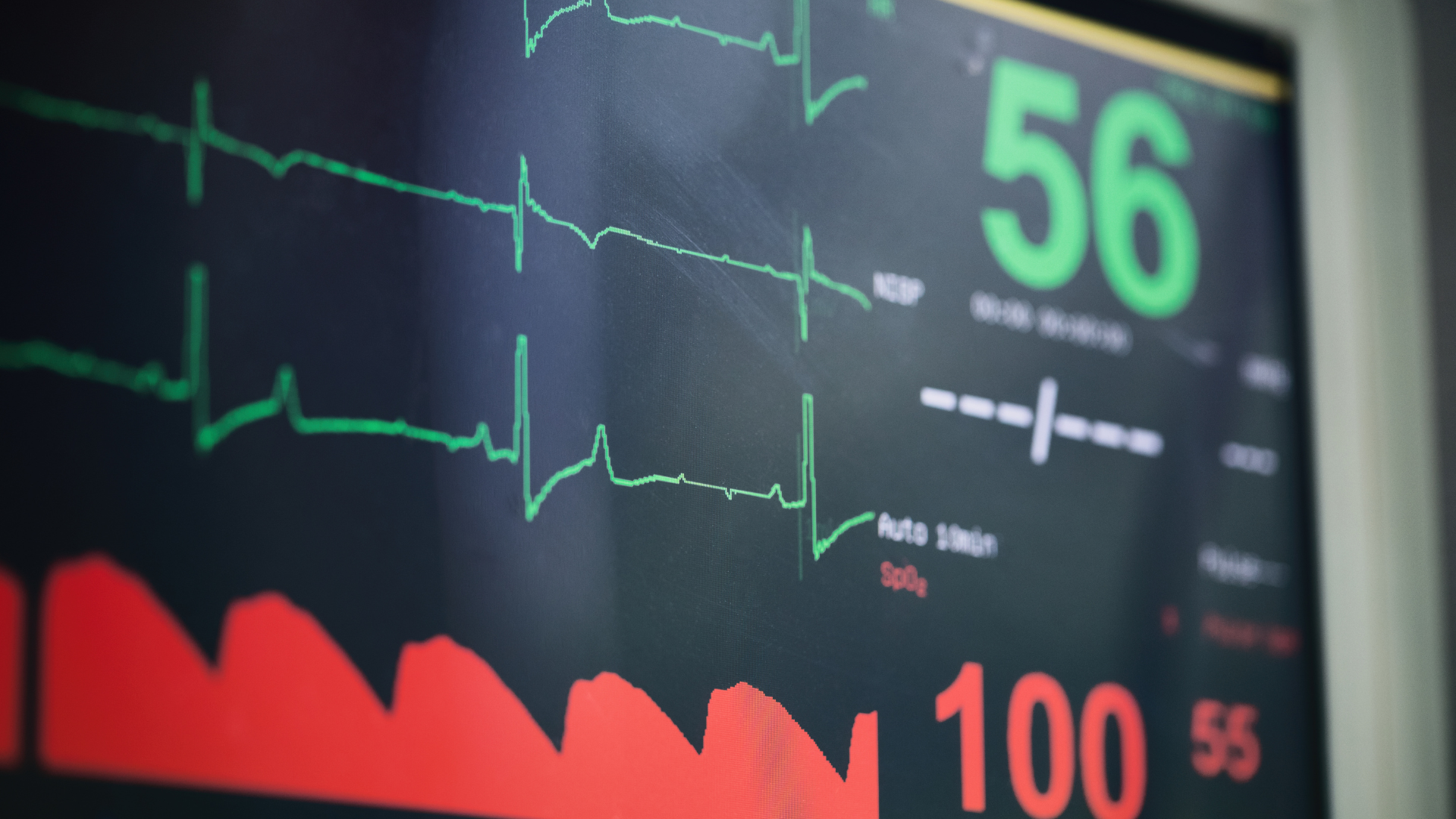Are you tired of guessing how much effort you put into your workouts? Look no further than heart rate monitoring! This technology has been around for a while, but with recent advancements in wearable devices and mobile apps, it’s easier to track your heart rate during exercise.
In this blog post, we’ll discuss why heart rate monitoring is an excellent tool for anyone looking to improve their fitness. Let’s dive in!
Introduction to Heart Rate Monitors
A heart rate monitor is a device that helps you track your heart rate in real-time. It can monitor your workout intensity, ensure you stay within your target heart rate zone, and track your progress over time.
A few different types of heart rate monitors are available on the market today. The most popular type is the chest strap heart rate monitor, which consists of a sensor that attaches to your chest and transmits your heart rate data to a receiver. Other types of heart rate monitors include wrist-based monitors and finger-based monitors.
No matter what type of heart rate monitor you use, ensuring it is comfortable and fits appropriately is essential. You should also calibrate your heart rate monitor regularly to ensure accuracy.
If you’re new to using a heart rate monitor, use it during an easy workout. You can begin using it during more challenging activities as you become more comfortable. Remember to listen to your body and don’t push yourself too hard – this is supposed to be fun!
Benefits of Heart Rate Monitors
Heart rate monitors have many benefits, but most importantly, they provide real-time feedback on your heart rate. This information is invaluable for fitness progression because it lets you see how hard your heart works and adjust accordingly.
Heart rate monitors can also track other fitness metrics like calories burned, distance covered, and pace. This information can help you better understand your overall fitness level and progress. Additionally, some heart rate monitors come equipped with GPS tracking capabilities, which can be helpful for runners or cyclists who want to track their route and distance covered.
How to Calculate Your Optimal Heart Rate Zones
You can calculate your optimal heart rate zones in a few different ways. The most accurate way is to do a VO2 max test, which can be expensive and time-consuming. A more straightforward method is the Karvonen formula, which considers your age and resting heart rate.
You must first find your maximum heart rate to use the Karvonen formula. This is the highest number of beats per minute that your heart can sustain. You can estimate your maximum heart rate by subtracting your age from 220. So, if you’re 30 years old, your maximum heart rate would be 190 beats per minute (220 – 30).
Once you know your maximum heart rate, you can calculate your target heart rate zones using the Karvonen formula. The formula looks like this:
Target Heart Rate = ((Max Heart Rate – Resting Heart Rate) x Intensity) + Resting Heart Rate
For example, let’s say you want to exercise at a moderate intensity level. Using the Karvonen formula, you would first subtract your resting heart rate from your maximum heart rate. So, if your max is 190 and your resting heart rate is 60, that leaves 130. You would then take 70% of 130, which equals 91. Finally, you would add to your resting heart rate to get 151 as your target heart rate for moderate-intensity aerobic activity.
What You Need to Know About Recovery Times
Heart rate monitors are an essential tool for any fitness enthusiast. They allow you to track your heart rate in real-time, giving insights into how your body responds to exercise. This information can be used to adjust your workout intensity and ensure that you are working at a safe, practical level.
Recovery times are an essential part of any workout routine. This is the period after exercise when your body works to repair and rebuild muscle tissue. During this time, your body adapts to the training stress and strengthens. Recovery times will vary depending on your workout’s intensity and fitness level. However, in general, it is recommended that you take at least 48 hours of rest between exercises that target the same muscle group.
If you are tracking your heart rate during exercise, you can use this information to gauge your recovery times. For example, if your heart rate takes longer than usual to return to rest after exercise, it may indicate that you need more recovery time. Similarly, if your heart rate spikes quickly during training, this may be a sign that you are pushing yourself too hard and need to back off a bit.
By paying attention to your heart rate during exercise and recovery, you can better monitor your progress and avoid overtraining or injuries. So grab a heart rate monitor and get started on making those gains!
Tips for Maximizing the Benefits of Heart Rate Monitoring
Heart rate monitors are an excellent tool for tracking fitness progress and maximizing the benefits of exercise. Here are some tips for getting the most out of your heart rate monitor:
- Make sure you’re using the correct heart rate zone. There are different zones for different goals, so it’s essential to ensure you’re using the one that’s right for you.
- Use your heart rate data to adjust your workouts. You can change your activity if you’re not reaching your target heart rate.
- Track your progress over time. Heart rate monitors can help you track your progress and see how your fitness is improving over time.
- Share your results with others. Motivation is crucial to fitness, so sharing your results with friends or family can help keep you on track.
Heart rate monitoring is an invaluable tool for any fitness enthusiast looking to track their progress. Using a heart rate monitor, you can accurately measure and evaluate your performance over time and ensure you do what it takes to reach your goals.
Whether you’re just starting your journey towards better health or are an experienced athlete, taking advantage of the data provided by a heart rate monitor will help ensure that every workout is productive and effective.




